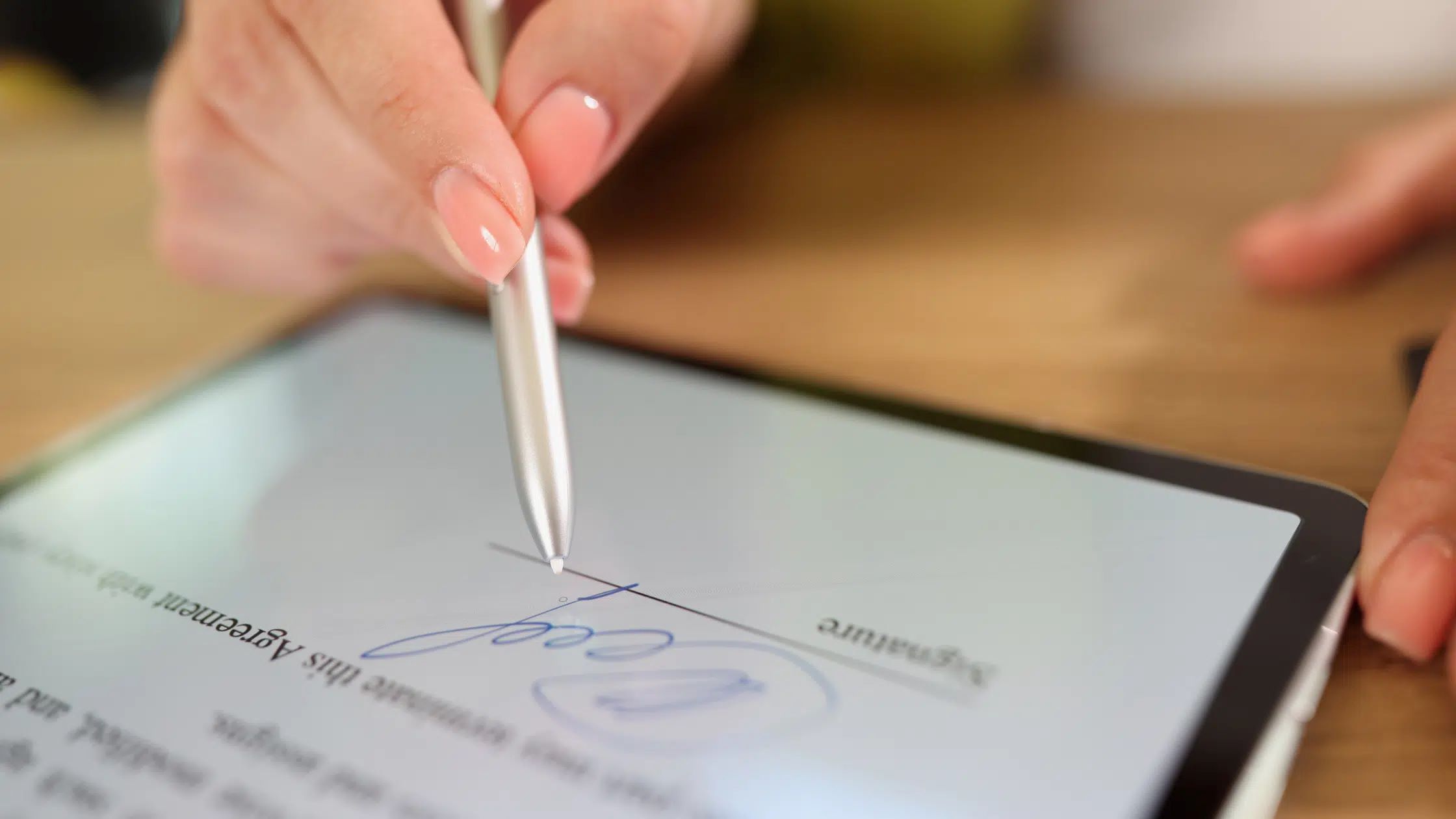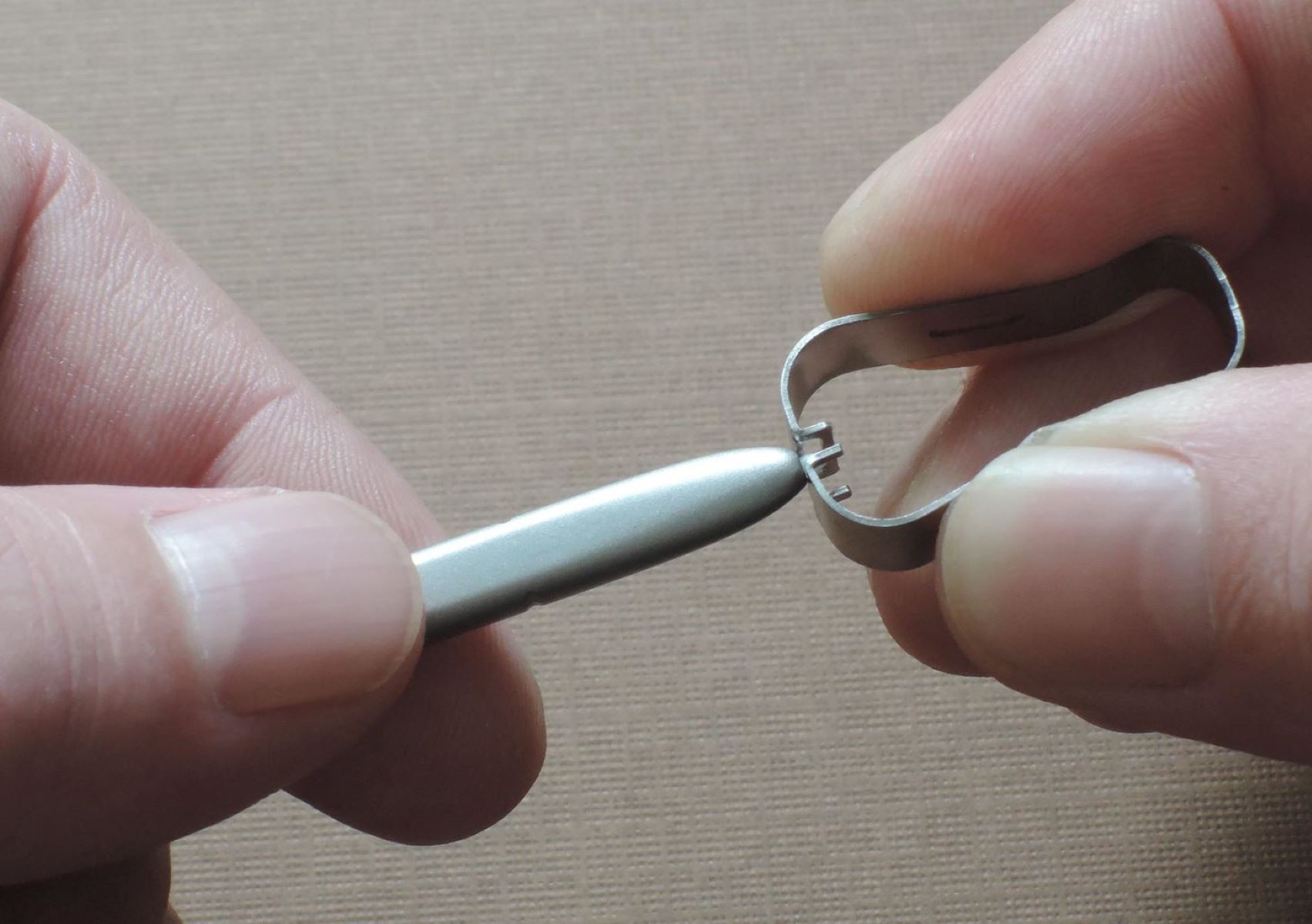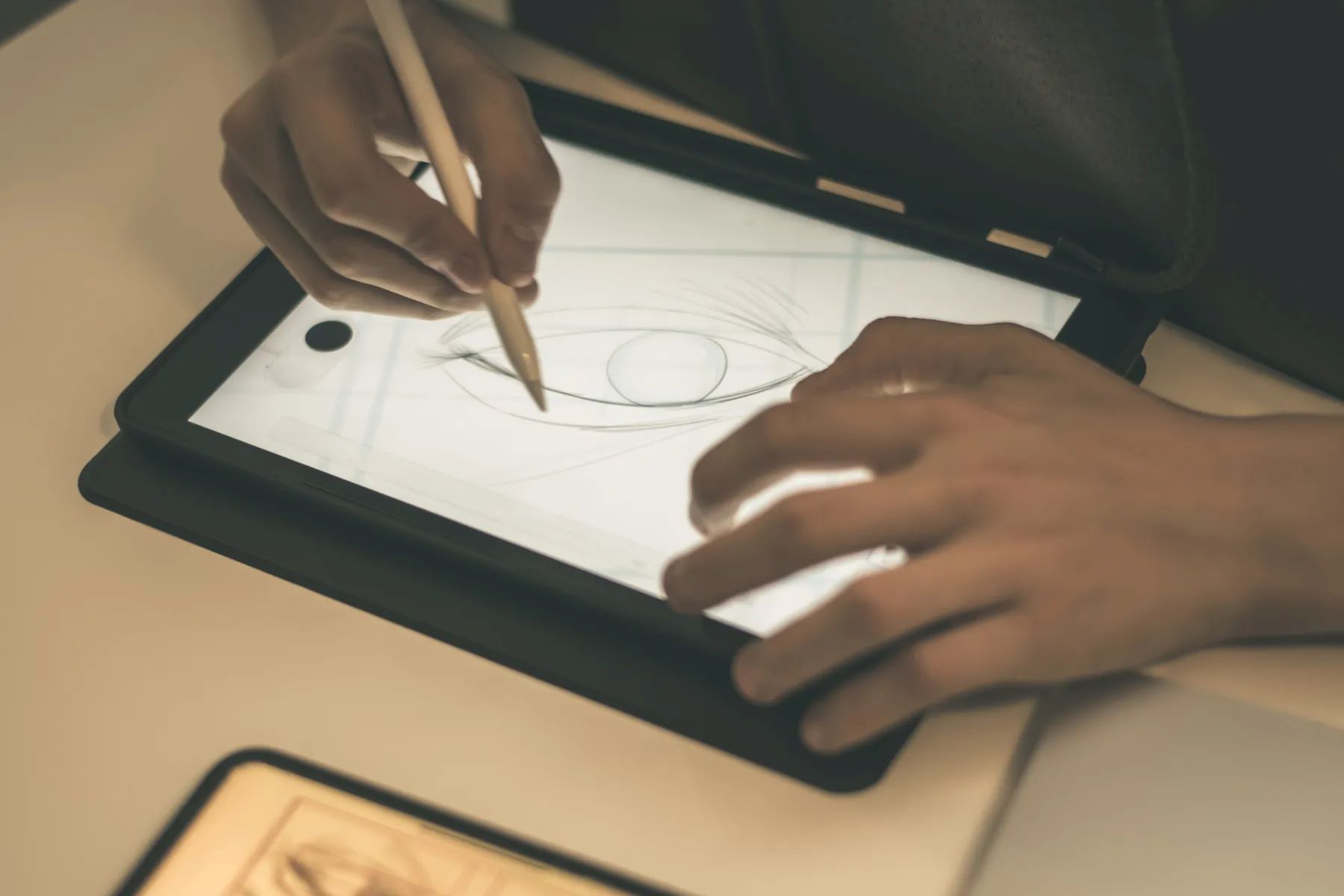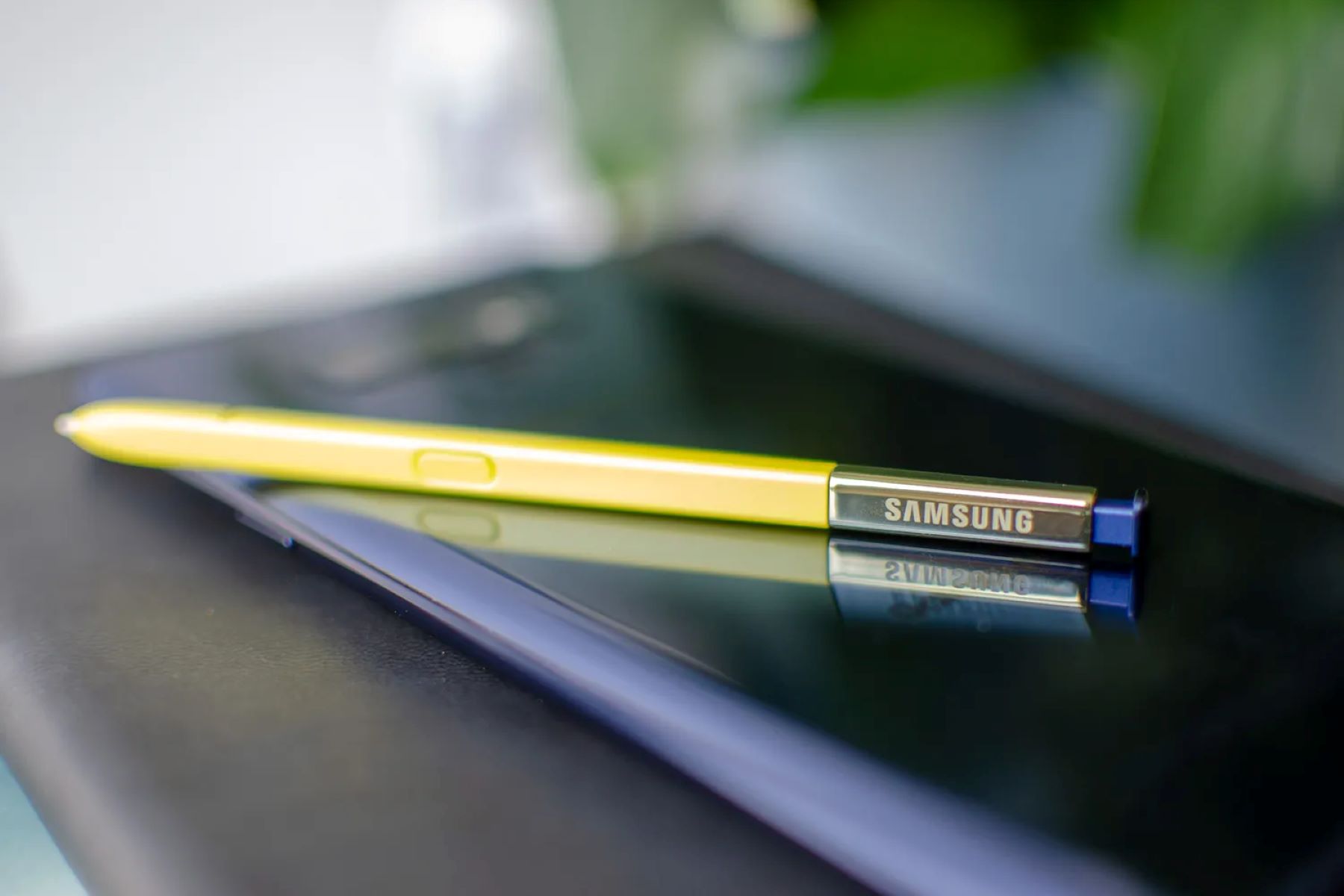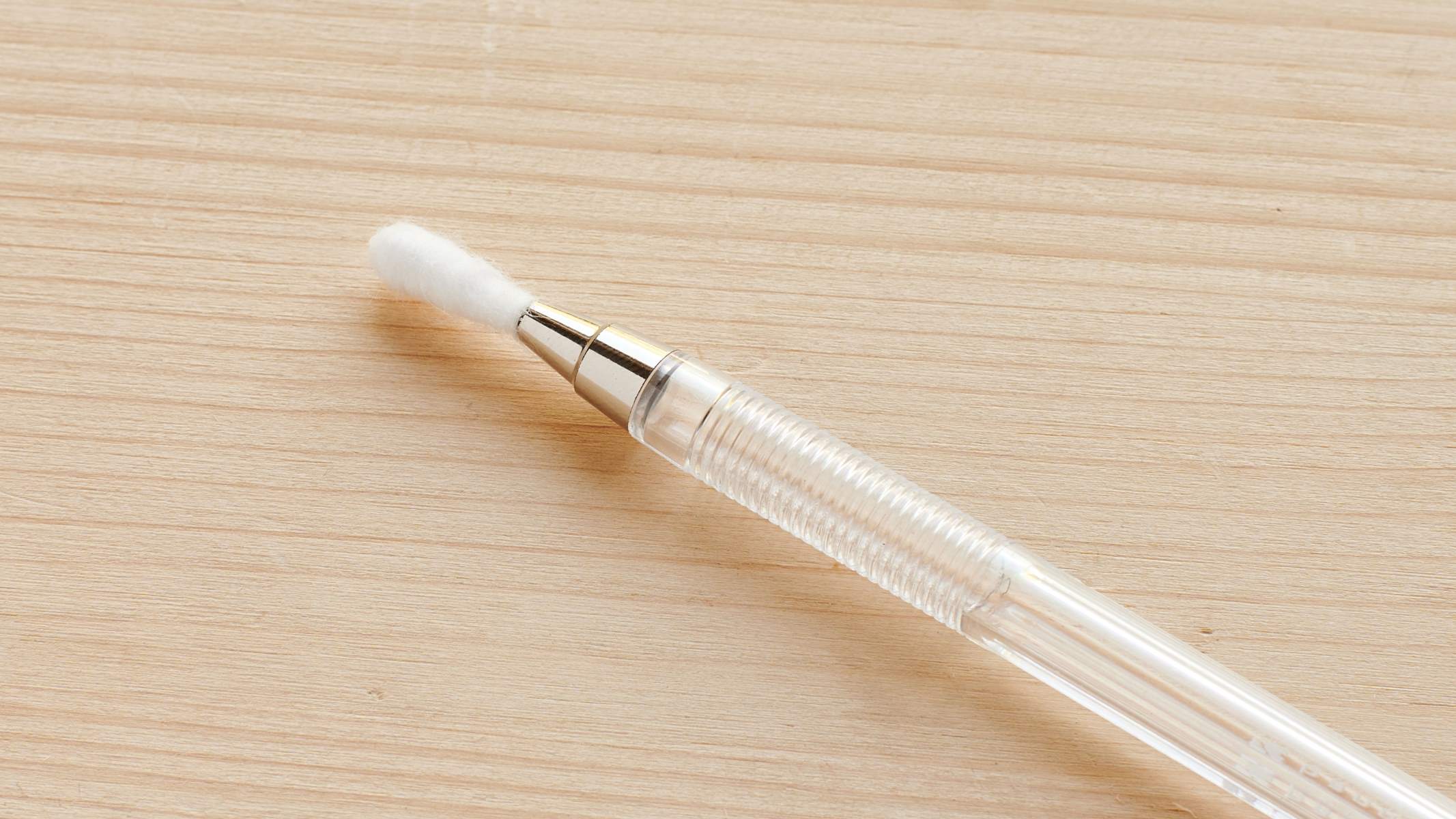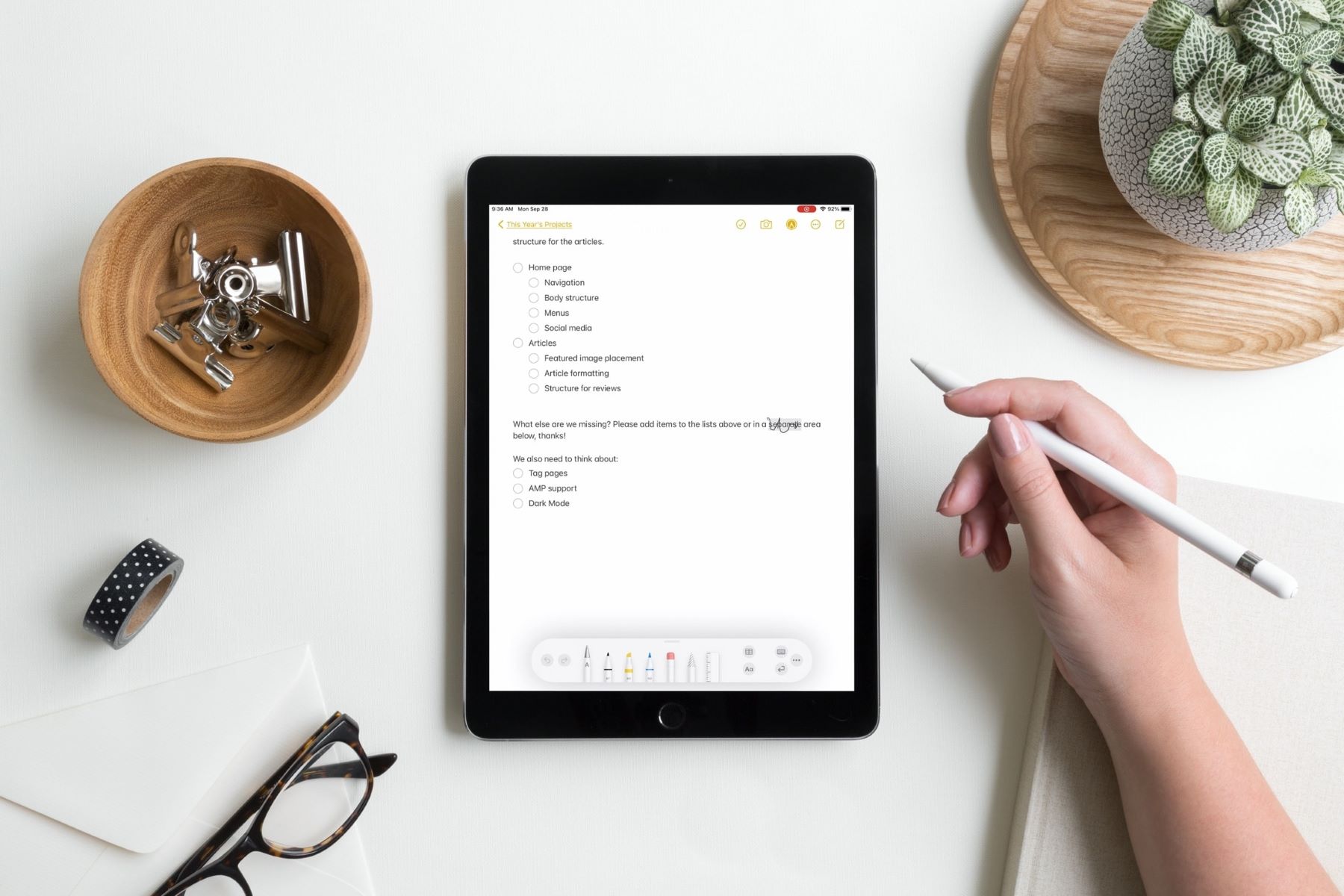Introduction
Welcome to our diagnostic guide for assessing damage to your stylus. As an essential component of your turntable, the stylus plays a crucial role in producing high-quality sound. Over time, wear and tear can affect its performance, leading to diminished audio quality and potential damage to your vinyl records. In this comprehensive guide, we will walk you through the essential steps to visually inspect and test your stylus for potential issues. By understanding the signs of damage and knowing how to assess them, you can ensure the longevity of your stylus and the preservation of your precious vinyl collection.
A stylus, also known as a needle, is the part of the turntable's cartridge that makes direct contact with the grooves on your records. Its delicate nature makes it susceptible to damage from various factors, including dust, debris, and regular use. By learning how to identify and address potential issues, you can maintain optimal performance and extend the lifespan of your stylus.
Whether you are a seasoned audiophile or a casual vinyl enthusiast, understanding the condition of your stylus is essential for preserving the integrity of your records and enjoying the best possible sound quality. By following the steps outlined in this guide, you will gain the knowledge and confidence to assess and address any damage to your stylus, ensuring that your vinyl collection continues to bring you joy for years to come. Let's dive into the visual inspection process to identify any visible signs of damage or wear on your stylus.
Visual Inspection
Before delving into specific tests and assessments, a visual inspection of the stylus is the first crucial step in identifying potential damage. Begin by gently removing any dust or debris from the stylus using a soft brush or a stylus cleaning kit. Once the stylus is clean, use a magnifying glass or a stylus inspection microscope, if available, to closely examine its condition.
Look for any of the following indicators of damage:
- Bent or misshapen cantilever
- Visible wear on the stylus tip
- Debris or residue on the stylus
- Loose or damaged suspension
Inspect the cantilever, the thin rod that supports the stylus tip, for any signs of bending or warping. A bent cantilever can significantly impact the stylus’s ability to track the grooves accurately, leading to distortion and potential damage to your records. Additionally, carefully examine the stylus tip for any visible wear, such as flattening or chipping, as this can affect its ability to maintain proper contact with the record’s grooves.
Furthermore, check for any debris or residue on the stylus, as these can interfere with its performance and lead to subpar audio quality. Lastly, ensure that the suspension, the component that connects the cantilever to the cartridge, is intact and free from any damage.
By conducting a thorough visual inspection, you can identify visible signs of damage or wear that may require further testing and assessment. Once you have completed the visual inspection, the next step is to perform specific tests to determine the stylus’s overall condition and potential issues.
Testing for Bent or Warped Stylus
After completing the visual inspection, the next critical step is to test for a bent or warped stylus. A misshapen stylus can lead to tracking errors, distortion, and potential damage to your records. To assess the straightness of the stylus, you can utilize a specialized stylus gauge or alignment protractor designed for this purpose.
Follow these steps to test for a bent or warped stylus:
- Secure the turntable’s tonearm to prevent any movement during the testing process.
- Place the stylus gauge or alignment protractor on the turntable mat, ensuring that it lies flat and level.
- Lower the tonearm so that the stylus rests on the gauge or protractor, allowing it to settle naturally.
- Observe the position of the stylus in relation to the gauge or protractor, checking for any misalignment or deviation from the ideal position.
- If the stylus exhibits significant misalignment or fails to settle parallel to the gauge or protractor, it may indicate a bent or warped stylus.
If the initial test suggests a potential issue with the stylus’s straightness, it is advisable to consult a professional technician or a turntable specialist for further evaluation and potential realignment or replacement.
By conducting this test, you can gain valuable insights into the condition of your stylus and take proactive measures to address any issues that may compromise its performance. Once you have assessed the straightness of the stylus, the next step is to check for wear and tear, which can significantly impact its tracking ability and overall functionality.
Checking for Wear and Tear
Wear and tear on the stylus can have a profound impact on its performance and the overall sound quality of your turntable. As a critical component that directly interacts with your vinyl records, the stylus tip is susceptible to gradual degradation over time. To assess the extent of wear and tear, it is essential to examine the stylus tip under magnification and perform specific tests to gauge its condition.
Follow these steps to check for wear and tear on the stylus:
- Use a stylus magnifier or microscope to closely inspect the tip of the stylus.
- Look for signs of flattening, chipping, or uneven wear on the stylus tip.
- Rotate the turntable platter to ensure that the entire circumference of the stylus tip is examined.
- If available, utilize a stylus force gauge to measure the tracking force exerted by the stylus on the record surface.
- Compare the measured tracking force with the manufacturer’s recommended specifications to ensure optimal performance and minimal stylus wear.
During the inspection, pay close attention to the condition of the stylus tip, as any signs of wear or damage can significantly impact its ability to accurately track the record grooves and reproduce high-fidelity sound. Additionally, the tracking force exerted by the stylus plays a crucial role in minimizing wear and maintaining optimal performance. Deviations from the recommended tracking force may indicate the need for adjustments or stylus replacement.
By thoroughly examining the stylus tip and assessing its tracking force, you can gain valuable insights into its condition and take appropriate measures to address any wear and tear that may compromise its performance. Once you have completed the assessment of the stylus tip, the next step is to focus on evaluating potential damage to the needle tip, a critical element that directly interacts with the record grooves.
Assessing Damage to the Needle Tip
The needle tip, also known as the stylus tip, is a crucial component of the turntable’s cartridge, responsible for tracing the intricate grooves of your vinyl records and translating the physical movements into audio signals. Over time, the needle tip can sustain damage from various factors, including regular use, improper handling, and environmental conditions. Assessing the condition of the needle tip is essential for maintaining the integrity of your records and preserving the stylus’s performance.
Here are the essential steps to assess damage to the needle tip:
- Use a stylus magnifier or microscope to examine the needle tip under adequate lighting.
- Look for visible signs of wear, such as flattening, chipping, or uneven edges on the needle tip.
- Inspect the tip’s contact surface to ensure it remains smooth and free from irregularities that may affect its interaction with the record grooves.
- If the needle tip is a bonded diamond or other specialized material, check for any detachment or damage to the bonding agent.
- Listen to a test record or high-quality audio tracks to discern any changes in sound quality or fidelity that may indicate needle tip damage.
By meticulously examining the needle tip and conducting auditory tests, you can effectively evaluate its condition and identify potential damage that may compromise the stylus’s performance and the quality of your listening experience. Additionally, regular inspection and maintenance of the needle tip can contribute to the longevity of your records and the optimal functionality of your turntable.
Once you have completed the assessment of the needle tip, you will have gained valuable insights into the condition of your stylus and can take appropriate measures to address any identified issues. Whether it involves stylus replacement, realignment, or adjustments to tracking force, proactive maintenance ensures that your turntable continues to deliver exceptional audio reproduction while safeguarding your cherished vinyl collection.
Conclusion
Assessing the condition of your stylus is a critical aspect of maintaining the optimal performance of your turntable and preserving the integrity of your vinyl collection. By conducting a thorough visual inspection, testing for bent or warped stylus, checking for wear and tear, and assessing potential damage to the needle tip, you can proactively identify and address issues that may compromise the stylus’s functionality and sound quality.
Regular maintenance and careful assessment of your stylus can significantly contribute to the longevity of your records and the overall enjoyment of your vinyl listening experience. Whether you are an avid audiophile or a casual vinyl enthusiast, understanding the signs of stylus damage and knowing how to assess them empowers you to take proactive measures to ensure optimal performance and audio fidelity.
Remember to utilize specialized tools such as stylus magnifiers, gauges, and microscopes for thorough inspections, and seek professional assistance when necessary to address any identified issues. By incorporating stylus assessment into your regular turntable maintenance routine, you can enjoy crisp, high-fidelity sound reproduction while safeguarding your valuable vinyl records.
We hope this diagnostic guide has equipped you with the knowledge and confidence to assess and address potential damage to your stylus effectively. By prioritizing the care and maintenance of your stylus, you can continue to revel in the timeless allure of vinyl records and experience the sheer delight of pristine audio reproduction for years to come.







